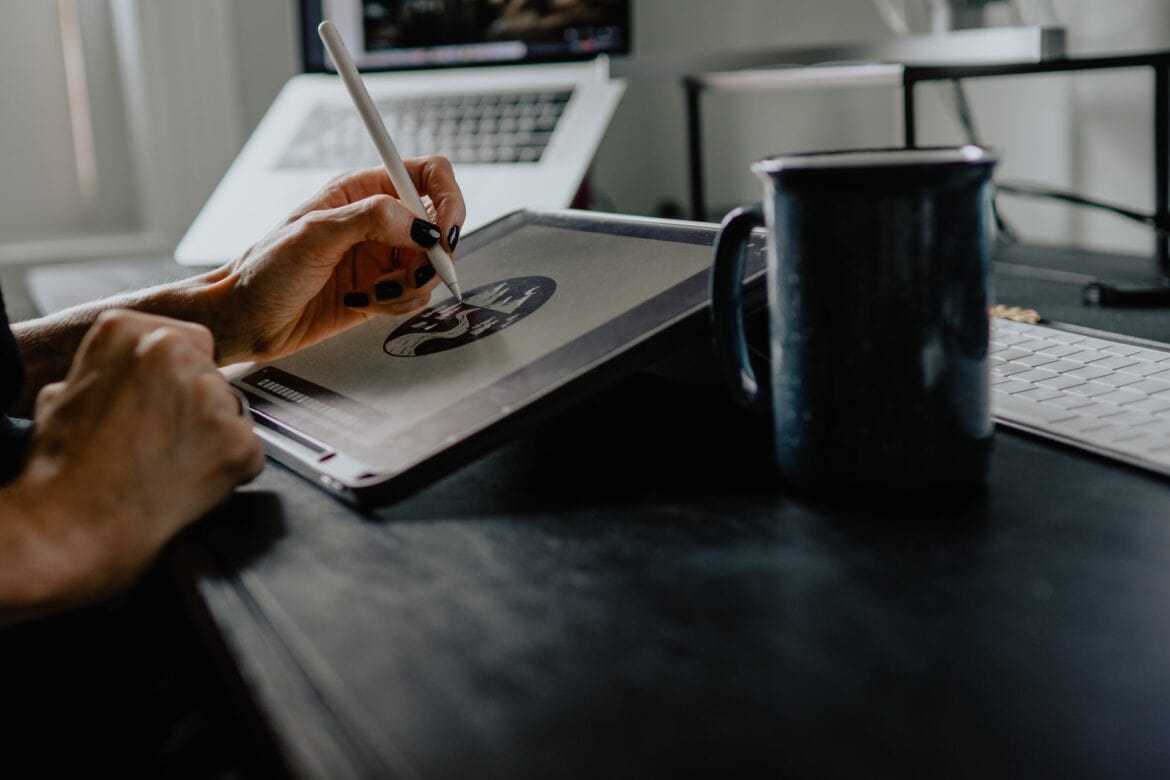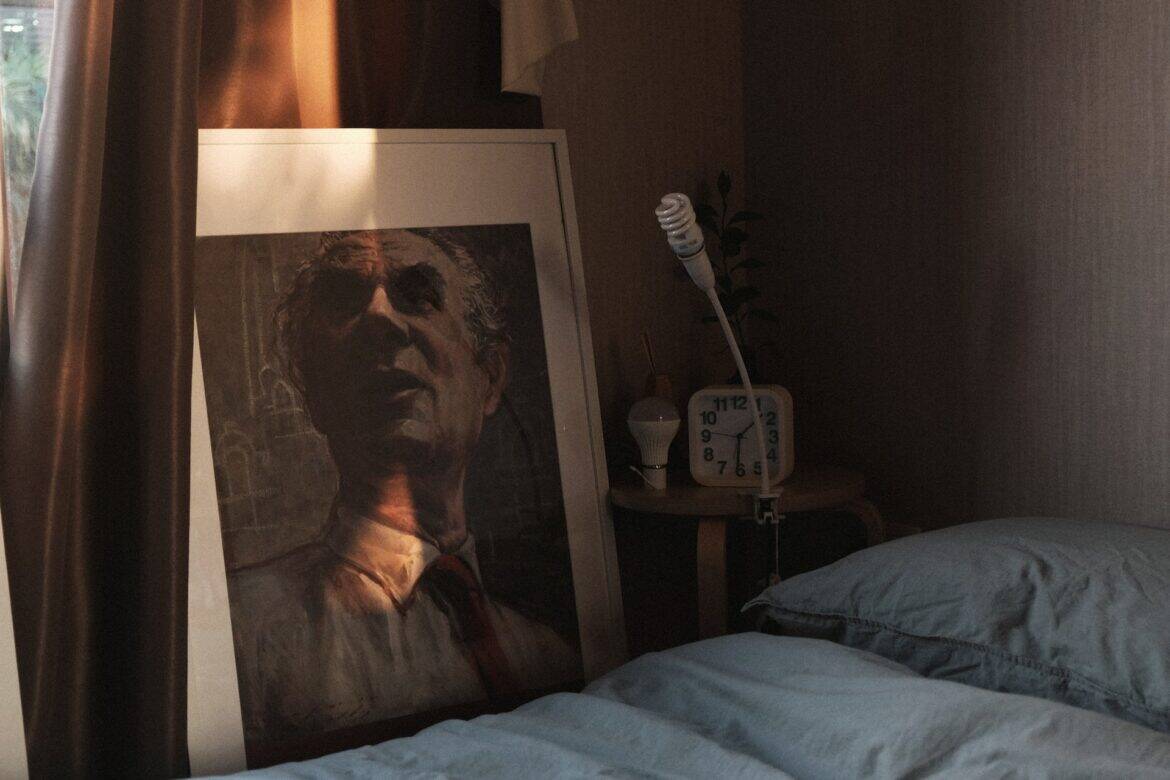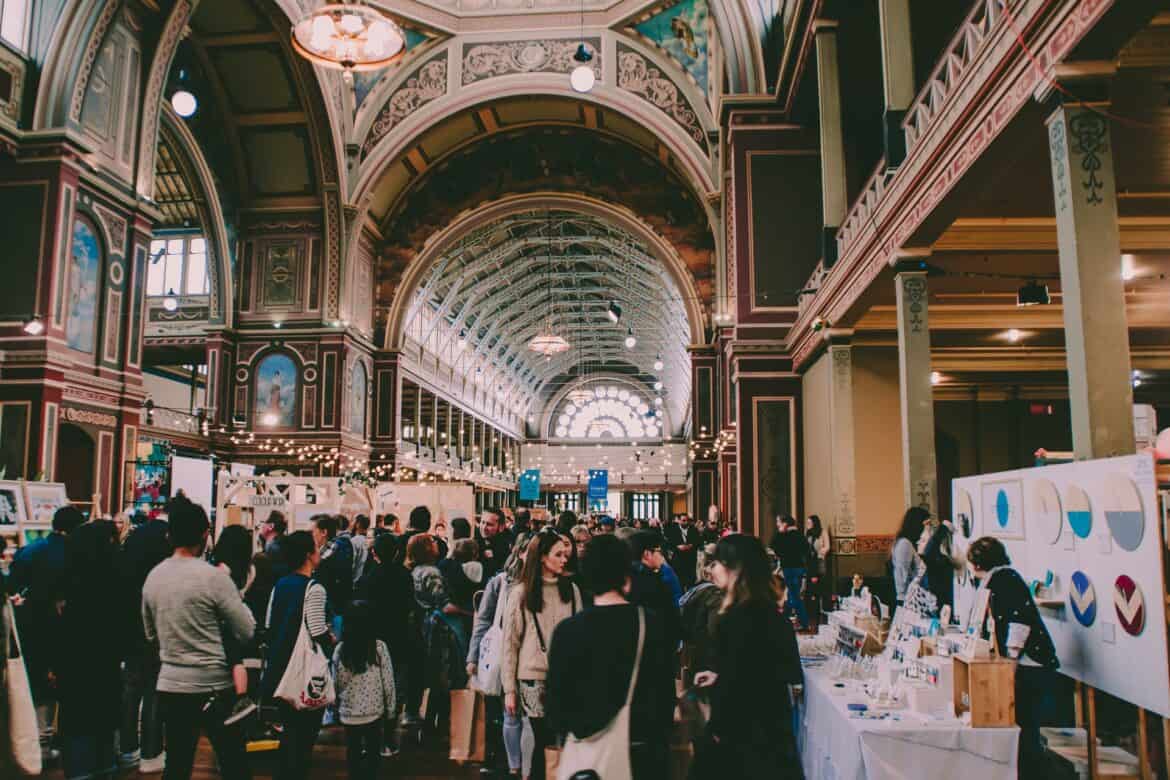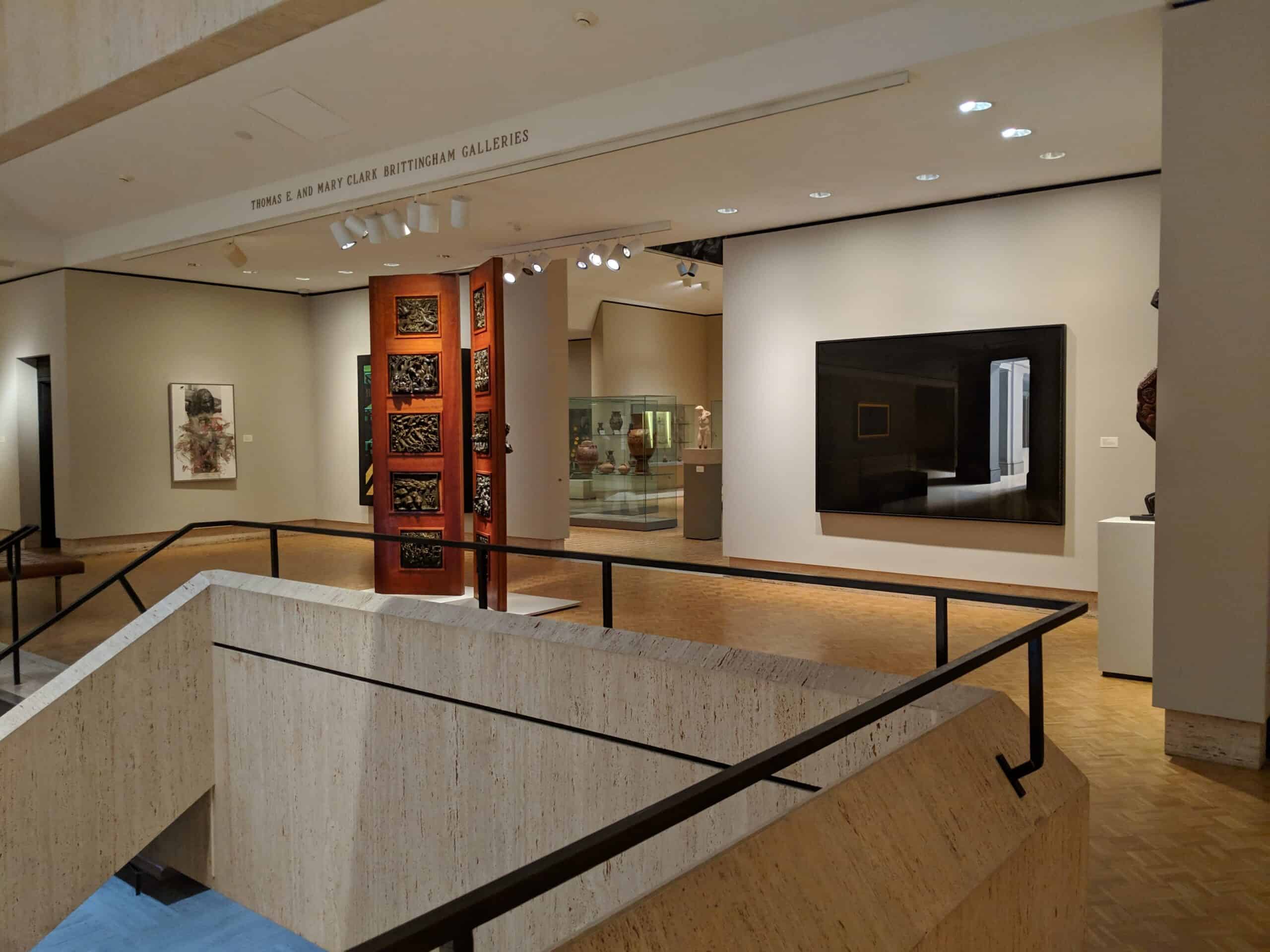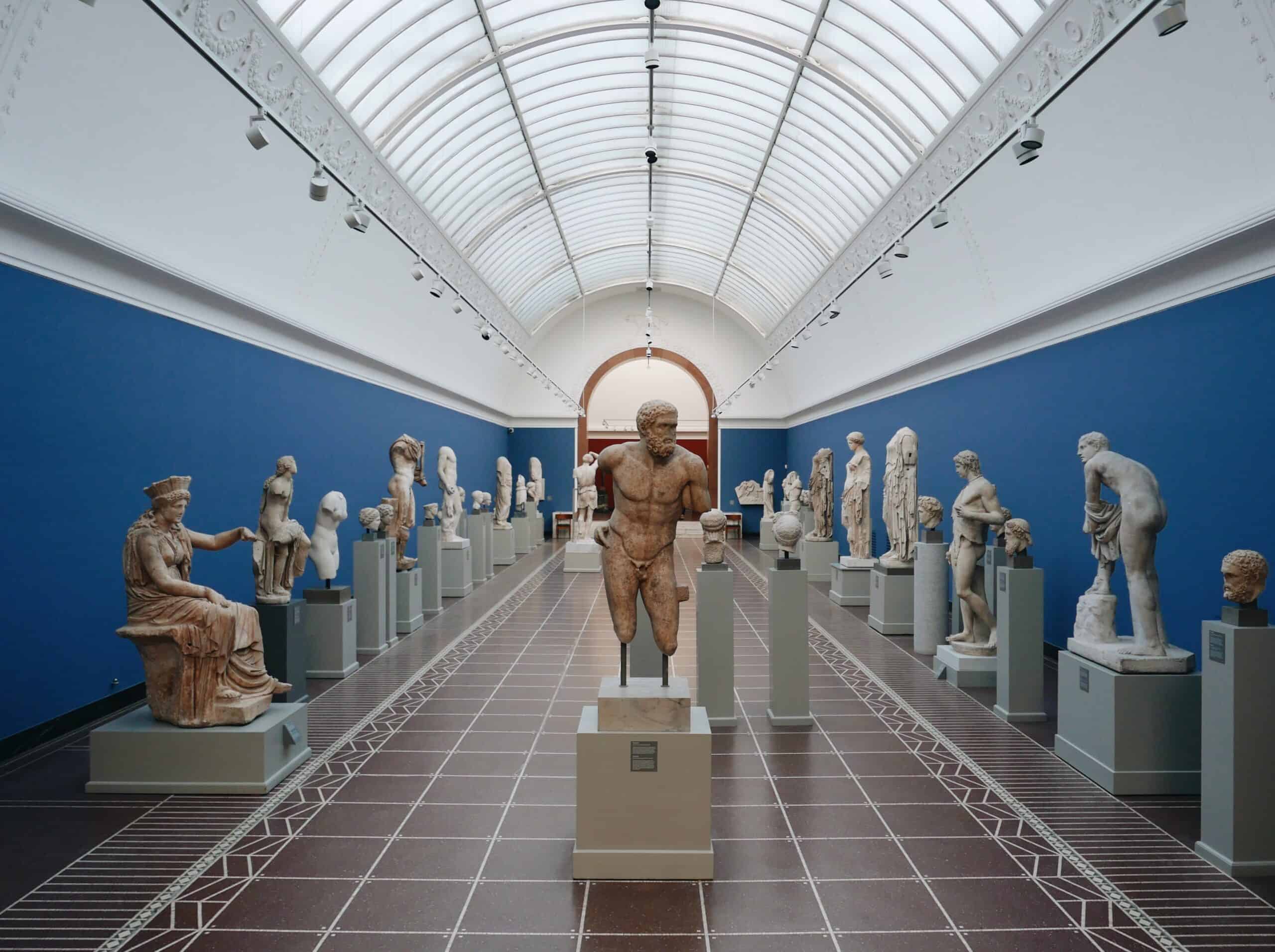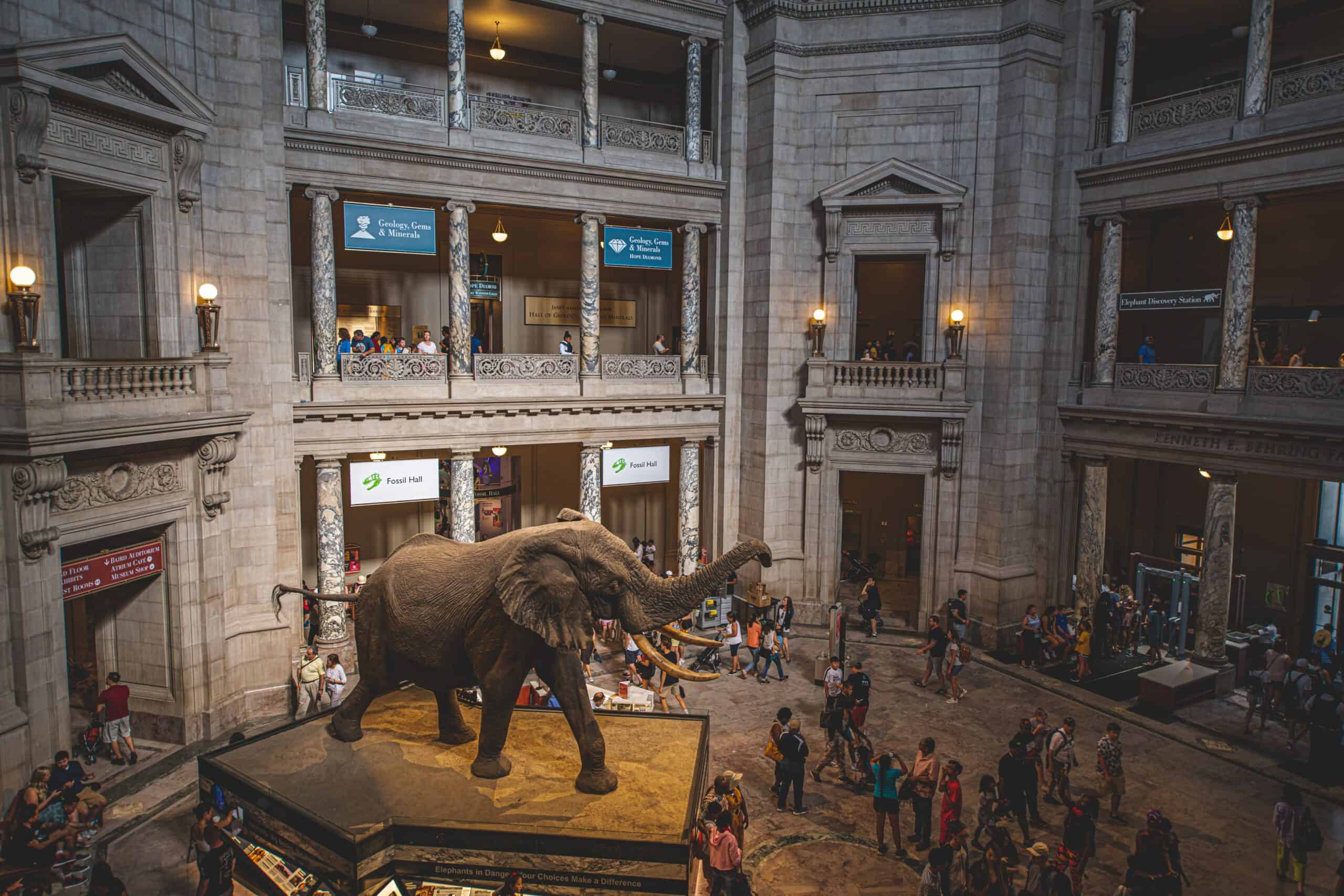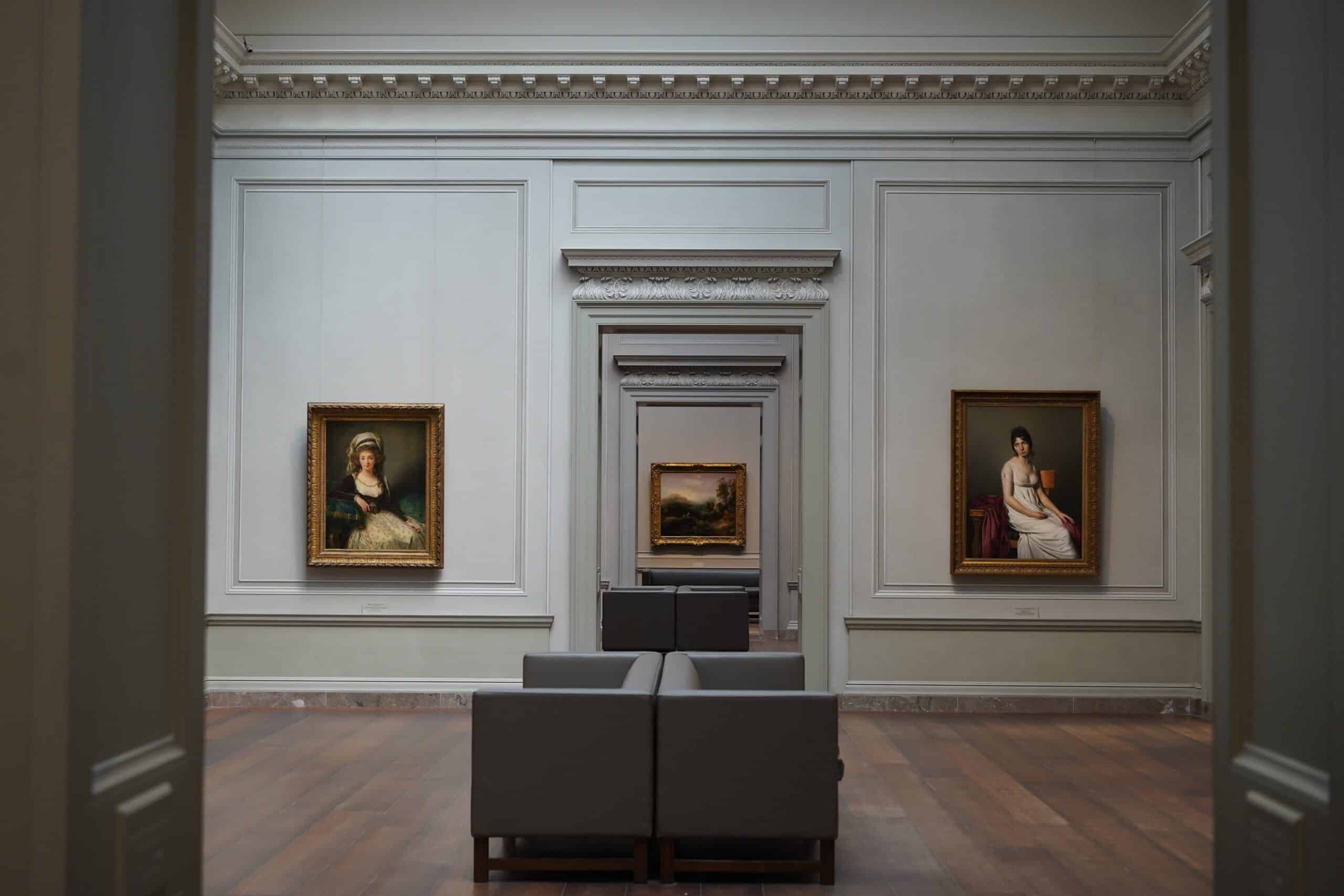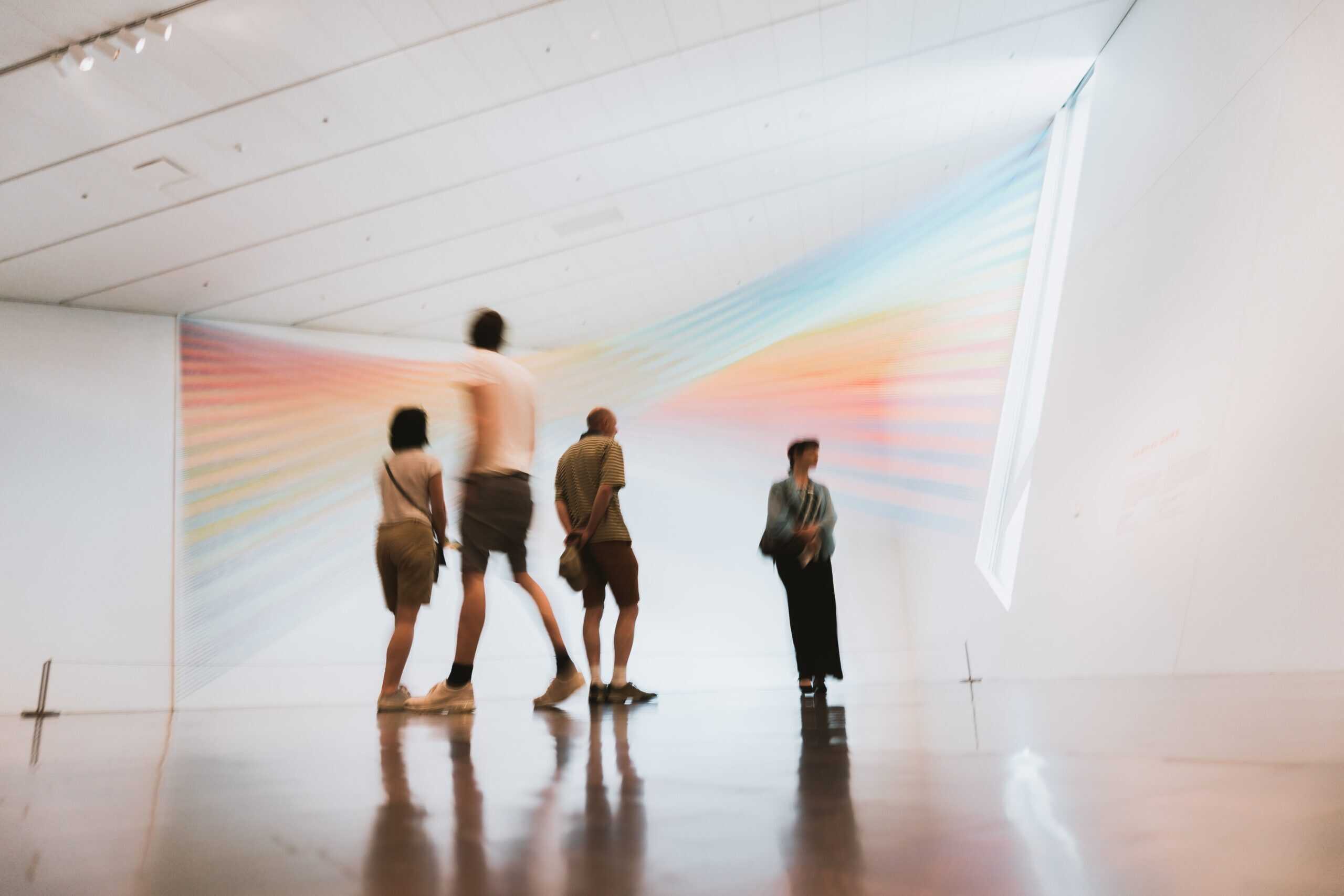Look at the front page of sites like Dribble or Behance and you’ll find an assortment of bright, strikingly unique, beautifully designed work. Although these sites tend to advertise themselves as a place to find designers, much of what is presented is art, not design.
“Can’t designers and artists be two in one?” Yes, of course, designers are often also artists, and vice versa. But the role assigned to them and the processes used are strikingly different, and for good reason.
Something well-designed is created with a clear intention, usually to improve some aspect of the user or consumer’s life. When done well, designed objects or experiences are hard to detect because they have been created in such a way that you will only notice how delightful their use is, not how aesthetically pleasing or unique they are (although visual design effects are a delightful bonus and a distinctive element).
Art does not have to serve any purpose or solve any problem; it can simply exist as an expression of human excellence-as the dictionary definition states.
Design and art satisfy two different needs in two different ways, but many inexperienced designers end up creating art where design should be. Design sites like Dribbble tend to highlight artwork over design work. And it has become a feature of our culture that we celebrate the most aesthetic rather than functional designs.
Why do so many designers identify art with design?
I believe that one of the reasons many designers do art rather than design is to bring creativity into the work process. Creativity-with its perceived unlimited potential and aesthetic allure-is what many designers crave in a world of fixed constraints, established design systems, and the application of “best practices.”
But adding creativity to the design process doesn’t necessarily mean turning it into art. In fact: when designers try to be creative for the sake of creativity, they end up sacrificing what makes design meaningful.
Creative design is challenging
Design itself is creativity. So you don’t have to do art or self-expression in your work to make it creative, which we’ll talk about a little later.
In fact, design only becomes truly creative when it is approached with the purpose of using it as defined. As a way of deliberately solving a clearly defined and understood problem.
The creative aspect of design does not come from pushing the boundaries in order to promote something, or from changing style in order to stand out.
In fact: one of the worst problems a designer can face is trying to innovate for innovation’s sake, or demanding that they add creativity to the problem they’re trying to solve, just to add a little brightness. These efforts are rarely successful, simply because the trade-off between trying to come up with something that stands out is usually an increase in the cost of creating it.
This helps explain why so many smartphones look and function the same, or why so many of the most popular apps look the same, too:
“App fatigue is a real thing. Most people are tired of jumping between too many apps and learning to use a new interface after each new download.”
Many may see this as a “lack of creativity” in these well-designed products. However, this similarity allows the designed object to achieve the purpose for which it is intended.
Studies repeatedly show how changing things for the sake of change itself is detrimental to the designed object. People struggle to adopt a product or use an app because the creative components have made usability difficult. The Nielsen Norman Group, for example, noted “inconsistency” as the second most common mistake in software development:
“Remember the rule of thumb – differences are complex. When users have expectations about how something will behave or where they can access it, deviations from those expectations cause confusion, frustration, and increased cognitive load as people try to figure out the problem.”
It’s like designing a chair without the part you’re sitting on. Different, yes, but ultimately not very usable. And this is where creativity begins to crumble.
To be creative, you first need two things: novelty and usefulness.
If the thing you develop is unique but useless, we call it creative (for example, art tends to be more unique than valuable). Or, if what you’re working on is useful but not unique, it’s just “status quo.” Design can easily go into a “status quo” state because its purpose is to solve a problem, and the problem itself is usually about creativity, not execution.
Only when the things you propose are unique and valuable can they be called creative.
What makes your work unique
You can very easily identify unique ideas or work by comparing it to the established norm or status quo.
If you look around and everything looks and feels the same, anything that is different is unique by definition. This means that to be creative requires an established norm. Creativity is not something that thrives in the absence of boundaries or rules, it really needs these constraints to exist. With absolute freedom there can be no creativity, because creativity requires an understanding of what is normal or habitual in order to stand out from it.
If you want to design creatively, you have to have clearly defined constraints to work with.
Designers creating digital products today have their own well-established limitations that are easy to identify. Hardware limitations are screen size, performance, Internet or operating system capabilities, and design system limitations, such as Apple’s Human Interface Guidelines or Android’s Material Design.
Working for a large company may mean that you also work with a design system or shared component library.
Being a creative designer means not ignoring or challenging these established principles and systems (that would simply mean that you are resourceful), but rather using them to inform the decisions you make. These constraints don’t limit creativity, they promote it by helping us make the best possible decisions without worrying about things like best practices, common interactions, or user expectations. These are already established things, so the designer is free to use them and then find other ways to add creativity to the work.
These guidelines and limitations are meant to guide us and keep us focused, because not everything unique is as valuable…
What makes your work valuable
Again: designing something creative requires us to make sure that the design is not only original, but also valuable.
You know something is valuable if it meets an established purpose or goal. Design without an objective or clear metric, again, is not design, but rather art. Design asks you to be intentional in your work; you can’t be intentional if you don’t know why you are doing what you are doing.
Before you start designing, you need to be clear about the purpose. Even the most microscopic attributes of a design affect its relationship with the user. This means that all aspects of the design must also have a clear purpose.
You won’t call randomly generated work “good design,” let alone design in general. Things made up of individual components that are easily added to an overall goal are examples of good design. Your computer or smartphone, your Porsche, your Timex watch, your Eames lounge chair are all carefully designed to not only look aesthetically pleasing, but that each part serves a clear function in relation to the main purpose of the thing itself. These are examples of valuable design.
Combining uniqueness and value in design
When you understand that creativity is ideas that are both unique and valuable, it becomes much easier to figure out how to add it to your designs.
You’ll want to create a product that offers pure value in a way that doesn’t offset that value at the expense of originality. But you will also want your designs to represent value along with the experience of unique elements or attributes. You have to strike a balance between uniqueness and value.
To add creativity to your designs, you just have to look at the problems you’re solving and the toolkit available to you. And you’ll see what you can do.
Tinder demonstrated this when they took the concept of a dating app and added the common swipe gesture left or right. The swipe to indicate interest was a subtle enough innovation – people were already familiar with the swipe gesture on their devices – but it radically changed the perception of yes/no interactions in mobile apps.
Similarly, the Clear app used the swipe to simplify to-do list management. Instead of tapping a button to set a reminder, mark a task as done or delete it. The app has received numerous awards and attention from designers and developers around the world. Again: the swipe interaction wasn’t new, what was new was how the app used an existing gesture to do something that most apps didn’t do.
Most of the creative patterns we see in the design world come from this combination of limitations and existing patterns (such as the swipe) with obvious problems (such as quick identification of potential dates).
If you want to be a more creative designer, you don’t need to add art to your work at all. The best thing you can do is familiarize yourself with the limitations available, and then look closely at the problem you’re trying to solve or improve with your designs. And aesthetics and brightness will be a bonus, not the core of the experience.
Design vs Art – The difference and why it matters
Design vs. art. What’s the difference, and how does it affect your design career? We all know there is a difference, and those outside of our industry may not see it. For example, your parents may call you an “artist,” even if you are a professional designer.
How do you tell them or anyone else who asks that there is a big difference between art and design? Are you even sure yourself what the difference is? Read on to find out.
Let’s go back to when you first decided you wanted to be a designer. For me it was when I was in high school. I thought I wanted to be an “artist” when I really found that my skill set was better suited for design. Why? Because I enjoyed the process of problem solving. I wasn’t interested in asking irrefutable questions for the whole world. I wanted to come up with a system for understanding the world around me.
The bottom line is that the main difference between art and design is that art asks questions and design answers them. Design is there to satisfy a need. Art is there to satisfy no need other than its intrinsic need to exist and to challenge the viewer. That’s not a bad thing, by the way. Art is one of the fundamental building blocks of human culture; Every culture that has ever existed has its own unique art forms that they leave for future generations. Think about archaeologists – what do you most often hear about past civilizations? That’s right – stoneware, architecture, paintings on walls or stones. Art is very important. And so is design.
There’s no time for wonder
Art inspires wonder and awe. When you look at a painting, sculpture, collage or installation, your mind begins to pulsate with dazzling new ideas, and you are inspired to ponder all the endless possibilities now presented to you by the artist and her work. Ah, the magic of art. What an exhilarating, deeply satisfying experience.
Designers don’t have time for that. If people are excited about your design, that’s cool, but that’s not the main reason you created it. You design to enhance people’s lives in ways that they don’t necessarily see or appreciate, but without which they would be lost. The art lovers who crowd around Van Gogh in the Louvre probably all have their phones and take pictures. They don’t pay attention to their camera apps, but the creator who created them plays a very important role in allowing them to share their experiences with their friends.
Art has no set process
Art does not have a process that can be reproduced in all directions to achieve the optimal result. There are no rules there. At all. There used to be rules about who could paint what, but they were all abandoned with the rise of modernism. Ever since Edouard Manet started painting prostitutes instead of aristocrats, the art world has gradually stripped itself of all the rules it once had. Some people aren’t happy about that, but that’s just the way it is. Anything can be art – a urinal, a tree, a dog – anything. Art has no rules.
In design, however, there are rules. Even if the result is “ugly,” there is a basic structure there that solves the problem. There are physical rules of design: the grid, the color wheel, the rules of composition and layout. Then there are rules about what the design should do. What problem are you solving? Is it ergonomic enough? What will be the average user’s psychological response to this particular arrangement of design elements? Will it cause them distress or will they have a good experience?
These are all rules that designers must consider in order to create a successful design. These types of rules can make an artist break out in a rash. But not us designers. We love these things.
Philosophical opposites
You can appreciate a design even more when you know why it was made. It’s not just a pretty picture-there’s a specific reason why it exists and a specific problem it solves. Geeky designers like to delve into what makes a particular design so good. Simply put, designers use the left (math) side of their brain to create a piece that resembles something on the right (art) side.
Art, as we have learned, has no such structure or reason for existence. You don’t need to understand why a work of art exists or how it was made. All you have to do is appreciate what is. Art for art’s sake, they said. That doesn’t mean there’s no point in analyzing art according to the time of its creation or deconstruction of the process. It’s just not necessary for you to be able to enjoy it.
Too much design ruins art and vice versa
Exactly what is said above. Art and design are related in a general sense, but as we have seen today, they are not identical at all. They are two very different disciplines, and things can get very confusing if you conflate them too much.
Imagine bringing home a chair that was in an art installation and sitting on it. Now it has lost its value as art and has become just another chair. Art is much more dependent on the context in which it exists than design is. In fact, I would say that design is context most of the time.
Again, art and design are vital to human culture and progress. I love and enjoy them both, but at heart I am a designer. If you like to offer solutions to problems rather than ask questions, you’re probably a designer, too. If you’re the opposite, you’re probably an artist.
Conclusion of a review of an article on design and art
As we can see, the seemingly simple task of defining art and design is by no means trivial and depends on the temporal context. The fundamental principle of the emergence of stable structures, and with them the dominant paradigm, in a nonequilibrium socio-economic environment is the emergence and strengthening of order through fluctuations. Such fluctuations, or random deviations, of a system from some state, are initially suppressed and eliminated by the system. But in open systems, due to increasing disequilibrium, these deviations increase with time and eventually lead to the “undoing” of the former order and the emergence of a new one. This process is usually characterized as the principle of order formation through fluctuations. Since fluctuations are random, it is clear that the emergence of the new in the world is always due to the action of random factors. In design, the factors that can throw the system out of balance may be the results of the designers’ creative search that goes beyond the prevailing concepts. However, the probability that this fluctuation will become the growth point of a new concept directly depends on the level of skill of the creator of the new design patterns. If we draw an analogy between art, design and language proposed in this paper, we can speak of art as a language of expression of feelings and emotions or poetry, and of design as a set of commonly understood and widespread expressions. A person in the modern world faces a huge flow of information, but only the part that stands out against the general background, the part that is in harmony with his inner worldview, can become a pattern for expressing his feelings and emotions.
